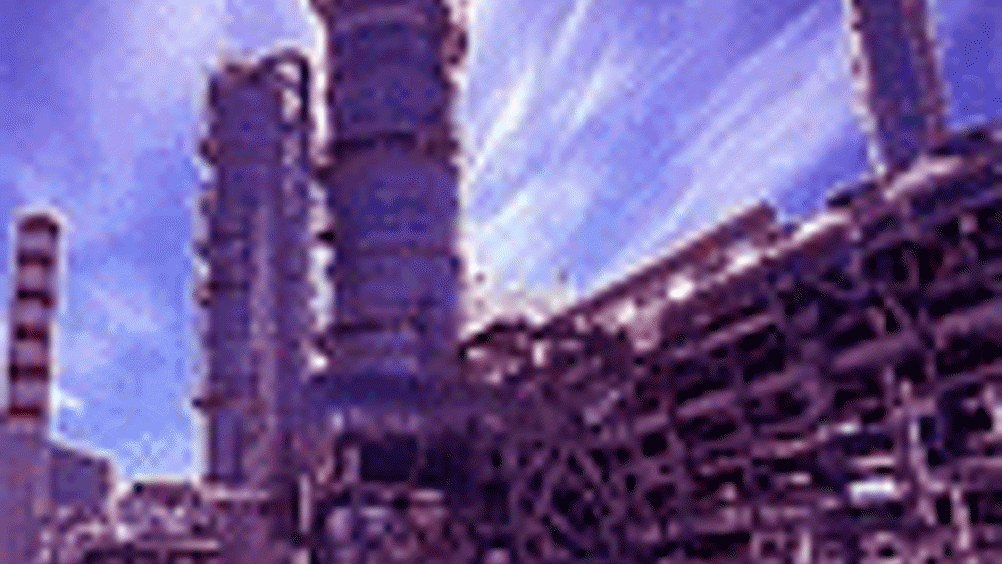Shape and control — it's crystal clear

An international collaboration led by Michael Anderson at
Zeolites make up around 30 per cent of laundry detergent powder, where their principal function is water softening, but most that are used industrially are synthetic. They are also used for separating gases — particularly air — and storing others, such as hydrogen.
Zeolite crystals are about a micron in size and their shape is crucial, but controlling the shape of the growing crystals is difficult. 'The pores are about the size of, say, a benzene ring,'
Register now to continue reading
Thanks for visiting The Engineer. You’ve now reached your monthly limit of news stories. Register for free to unlock unlimited access to all of our news coverage, as well as premium content including opinion, in-depth features and special reports.
Benefits of registering
-
In-depth insights and coverage of key emerging trends
-
Unrestricted access to special reports throughout the year
-
Daily technology news delivered straight to your inbox










UK Automotive Feeling The Pinch Of Skills Shortage
Aside from the main point (already well made by Nick Cole) I found this opinion piece a rather clunking read: • Slippery fish are quite easy to...